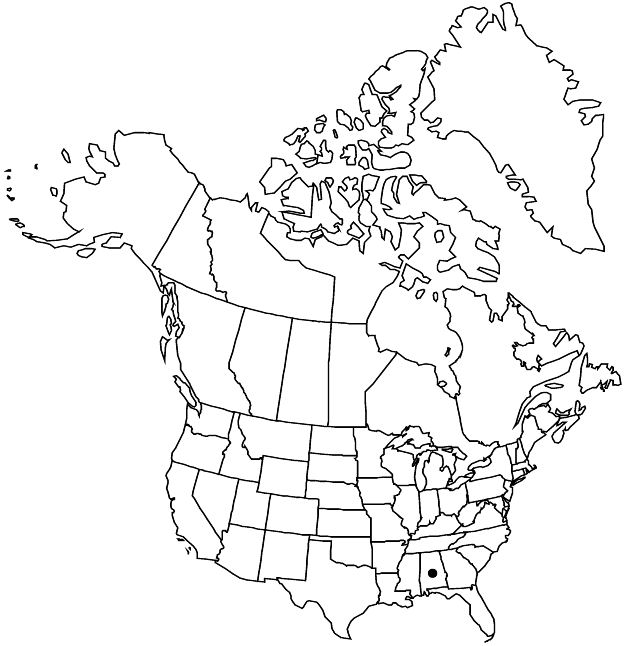Difference between revisions of "Glochidion puberum"
Pl. Wilson. 2: 518. 1916.
FNA>Volume Importer |
imported>Volume Importer |
||
| Line 36: | Line 36: | ||
|elevation=10–20 m. | |elevation=10–20 m. | ||
|distribution=Ala.;Asia (China;Japan;Taiwan). | |distribution=Ala.;Asia (China;Japan;Taiwan). | ||
| + | |introduced=true | ||
|discussion=<p><i>Glochidion puberum</i> is sometimes cultivated in tropical and subtropical areas and occasionally becomes naturalized. In the flora area, the species is limited to southern Alabama (Mobile County), where it was first found in the late twentieth century (M. L. Fearn and L. E. Urbatsch 2001). In its native range, roots, leaves, and fruit are used medicinally to treat a variety of ailments (Lai X. Z. et al. 2004), and the seed oil is used to make soap and as a lubricant (Li B. and M. G. Gilbert 2008).</p> | |discussion=<p><i>Glochidion puberum</i> is sometimes cultivated in tropical and subtropical areas and occasionally becomes naturalized. In the flora area, the species is limited to southern Alabama (Mobile County), where it was first found in the late twentieth century (M. L. Fearn and L. E. Urbatsch 2001). In its native range, roots, leaves, and fruit are used medicinally to treat a variety of ailments (Lai X. Z. et al. 2004), and the seed oil is used to make soap and as a lubricant (Li B. and M. G. Gilbert 2008).</p> | ||
|tables= | |tables= | ||
| Line 60: | Line 61: | ||
|publication year=1916 | |publication year=1916 | ||
|special status=Introduced;Illustrated | |special status=Introduced;Illustrated | ||
| − | |source xml=https:// | + | |source xml=https://bibilujan@bitbucket.org/aafc-mbb/fna-data-curation.git/src/bb6b7e3a7de7d3b7888a1ad48c7fd8f5c722d8d6/coarse_grained_fna_xml/V12/V12_1036.xml |
|genus=Glochidion | |genus=Glochidion | ||
|species=Glochidion puberum | |species=Glochidion puberum | ||
Revision as of 21:06, 27 May 2020
Shrubs, 1–5 m. Leaves on main stems spiral. Leaves on ultimate branchlets distichous; petiole 1–4 mm; blade usually oblong, oblong-ovate, or obovate-oblong, rarely lanceolate, 3–9 × 1–3 cm, base cuneate to obtuse, apex acute or acuminate to obtuse or rounded. Pedicels: staminate 4–15 mm, pistillate 1–2 mm. Staminate flowers: sepals oblong to oblong-obovate, 2.5–3.5 mm. Pistillate flowers: sepals oblong, 2–3 mm. Capsules grooved, 8–15 mm diam., densely hairy. Seeds red, 4 mm. 2n = 64 (China).
Phenology: Flowering and fruiting summer.
Habitat: Disturbed mixed forests.
Elevation: 10–20 m.
Distribution

Introduced; Ala., Asia (China, Japan, Taiwan).
Discussion
Glochidion puberum is sometimes cultivated in tropical and subtropical areas and occasionally becomes naturalized. In the flora area, the species is limited to southern Alabama (Mobile County), where it was first found in the late twentieth century (M. L. Fearn and L. E. Urbatsch 2001). In its native range, roots, leaves, and fruit are used medicinally to treat a variety of ailments (Lai X. Z. et al. 2004), and the seed oil is used to make soap and as a lubricant (Li B. and M. G. Gilbert 2008).
Selected References
None.
